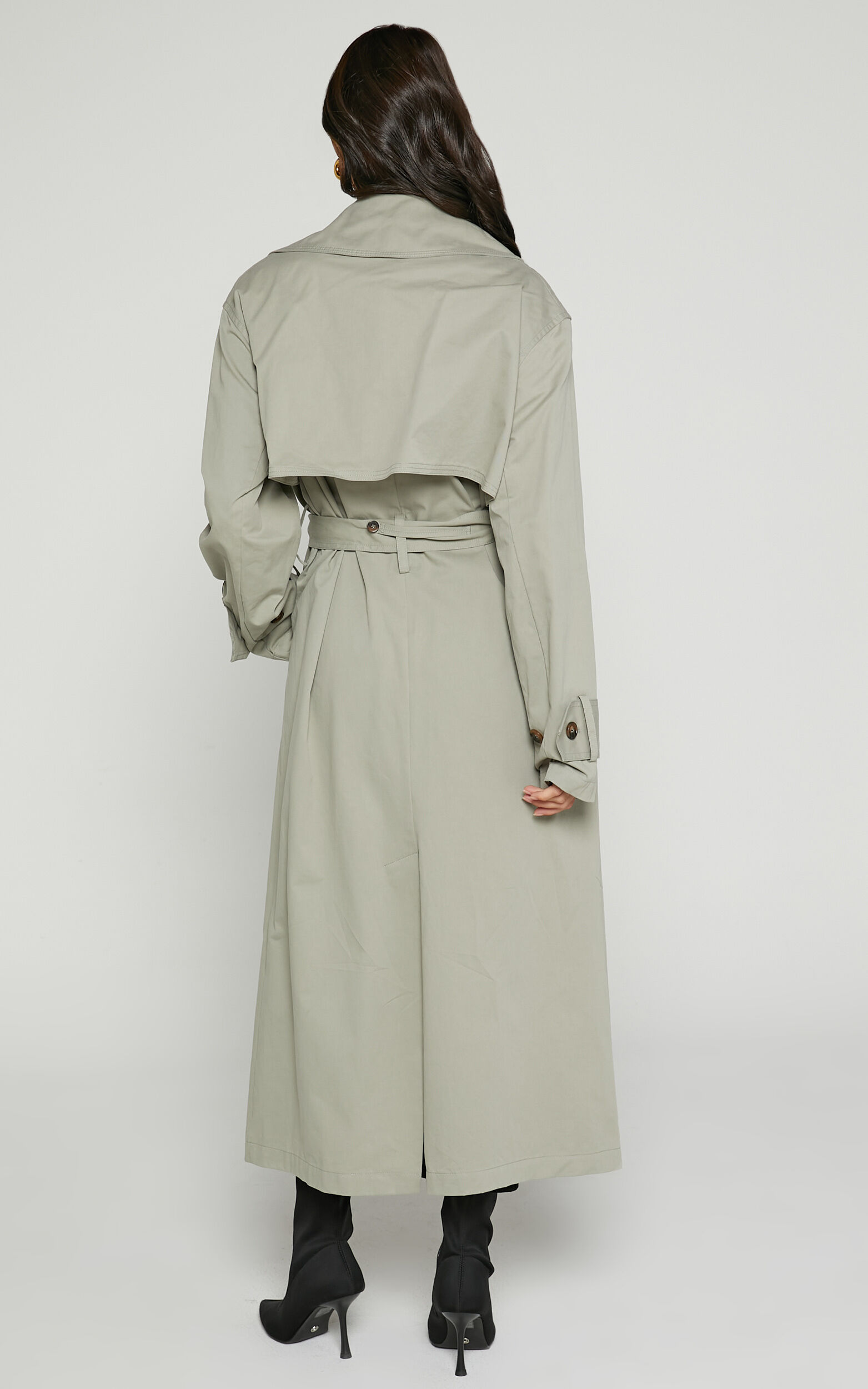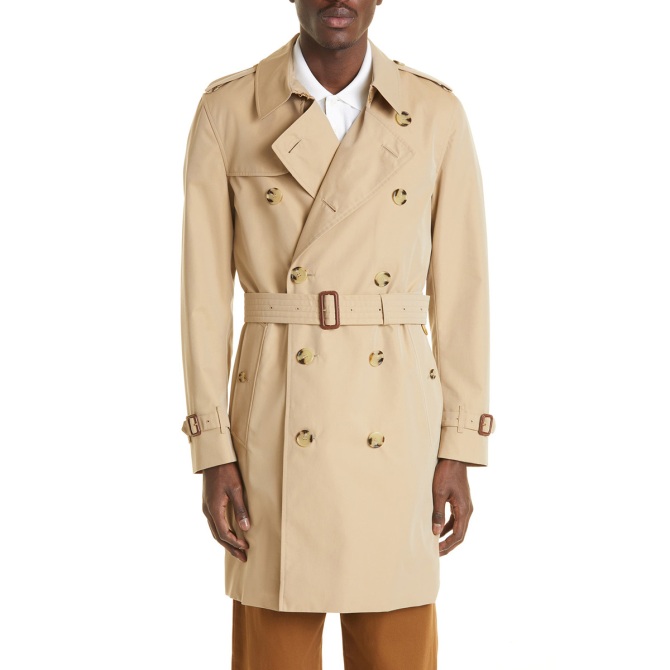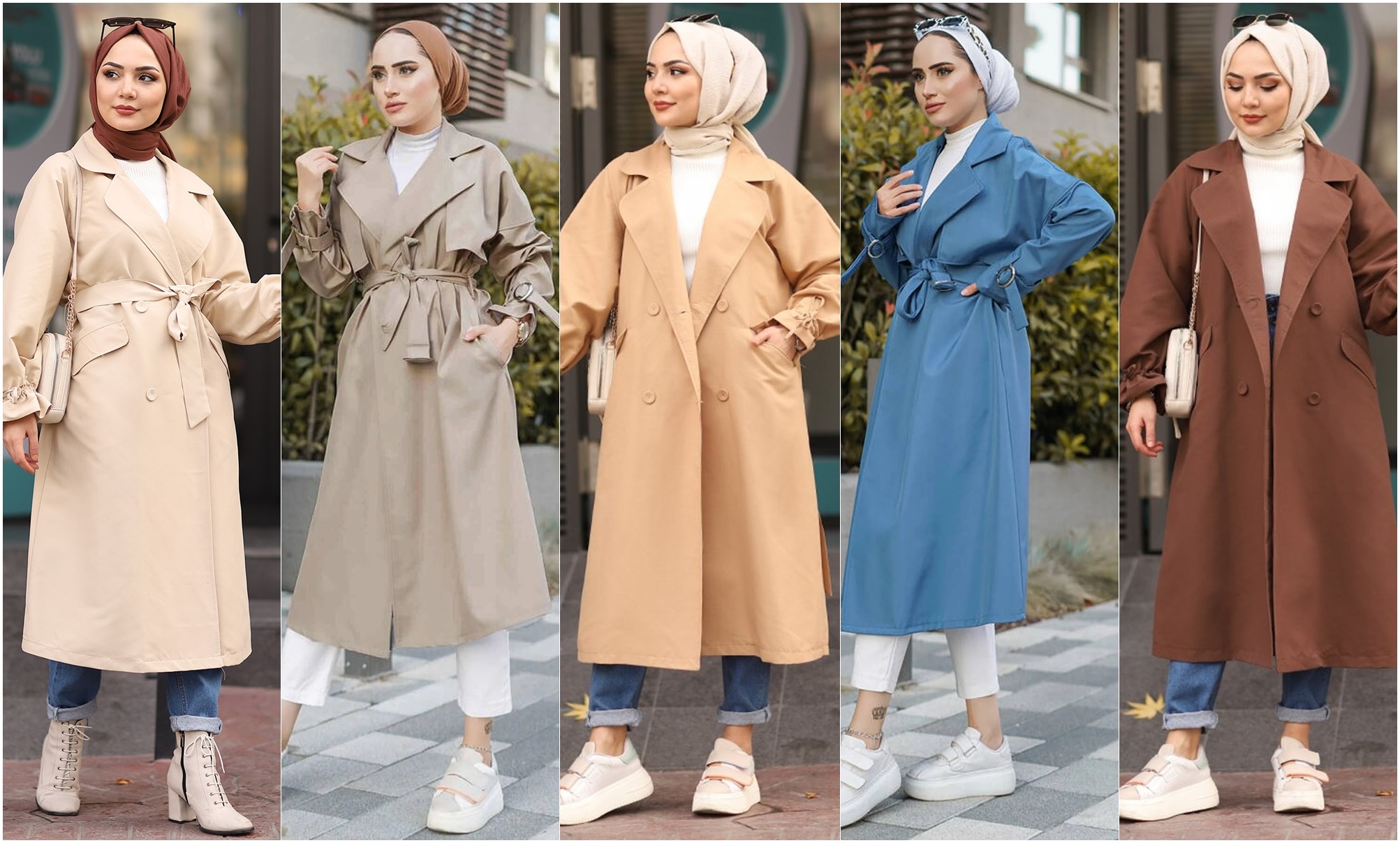Trench coats have long been a staple in fashion, combining style, practicality, and versatility. From gracing the shoulders of military officers to becoming a timeless wardrobe essential, trench coats are iconic for their classic design and adaptability. But when temperatures drop, many wonder, will a trench coat keep me warm?
Trench coats are distinguished by their classic silhouette and multifunctional design. Originally created for British soldiers during World War I, trench coats were designed to be durable, water-resistant, and comfortable. Over the years, they’ve transitioned from military utility to a fashion statement embraced by all.
The History and Design of Trench Coats
Trench coats were first developed by Thomas Burberry, the inventor of gabardine fabric, in the late 19th century. This lightweight, tightly woven material provided soldiers with protection from wind and rain while maintaining breathability.
Key features of a trench coat include:
- Double-breasted front for extra insulation.
- Epaulets and storm flaps, which originally served functional purposes.
- Adjustable belts to cinch the waist and improve insulation.
Their design ensures practicality while adding a polished touch to any outfit.
Modern Trench Coat Variations
Today, trench coats come in many styles and materials, offering something for every season and purpose:
- Classic cotton trench coats: Lightweight and perfect for mild weather.
- Wool-blend trench coats: Provide extra warmth for cooler days.
- Insulated trench coats: Often feature quilted linings or padding for better thermal retention.
- Leather trench coats: Stylish yet heavier, ideal for fall or early winter.
Pro Tip: When choosing a trench coat, consider the climate in your region and your intended use. A cotton trench may not suffice for frosty winters, but it’s great for transitional seasons.

How Warm Is a Trench Coat?
When it comes to warmth, trench coats often spark debate. While their sleek design and versatility are undeniable, the warmth they provide depends on several factors, including material, insulation, and how you choose to wear them. Let’s break it down.
Factors Influencing Warmth
- Material
The fabric of a trench coat plays a significant role in determining how warm it is:- Cotton or gabardine: Traditional trench coats are made from lightweight, tightly woven cotton or gabardine, which offers excellent wind resistance but limited insulation. This makes them ideal for mild weather.
- Wool blends: Wool-blend trench coats provide added warmth, making them better suited for cooler temperatures.
- Leather: Leather trench coats are heavier and retain heat well, offering a stylish option for colder days.
- Synthetic fabrics: Some trench coats now use polyester or nylon blends, which can be water-resistant and windproof but may lack breathability.
- Insulation
- Many modern trench coats feature quilted linings or padded layers, improving thermal retention.
- Unlined trench coats, while lighter and more breathable, don’t provide the same level of warmth as insulated options.
- Length and Coverage
- Full-length trench coats, which often extend below the knees, offer more protection against wind and cold.
- Cropped or mid-length trench coats, while stylish, leave more of your legs exposed, which can be less effective in retaining warmth.
Comparing Warmth with Other Coat Styles
Trench coats can’t always compete with heavy-duty winter outerwear, but they excel in specific situations. Here’s how they measure up against other styles:
| Coat Style | Best For | Warmth Level | Key Features |
|---|---|---|---|
| Trench Coat | Mild to moderate weather | Moderate (with layers) | Windproof, water-resistant, versatile |
| Parka | Extreme cold and snow | High | Thick insulation, hooded, durable |
| Pea Coat | Cool to cold weather | Moderate to high | Wool fabric, tailored fit, stylish |
| Down Jacket | Harsh winters | Very high | Padded with down or synthetic filling |
Key Insight: If your primary goal is warmth during subzero temperatures, a parka or down jacket might be more suitable. However, trench coats are perfect for chilly but manageable weather when layered appropriately.
Case Study: Testing Trench Coats in Various Climates
A study by Outdoor Gear Lab tested different coats, including trench coats, in varying temperatures and conditions. Results showed that:
- A lined trench coat with thermal underlayers kept testers warm in temperatures as low as 5°C (41°F).
- Unlined cotton trench coats performed best between 10°C and 20°C (50°F–68°F), especially in windy or rainy conditions.
The verdict? Trench coats provide moderate warmth but excel as an outer shell in transitional weather.

When to Wear a Trench Coat?
Trench coats are incredibly versatile and can be worn in various seasons and weather conditions. However, their suitability depends on the temperature, material, and how you layer them. Let’s explore when a trench coat is the best option for staying both warm and stylish.
Best Seasons for Trench Coat Use
- Fall
Trench coats shine in the autumn months when the temperature begins to drop but hasn’t reached freezing levels.- The windproof and water-resistant features of trench coats make them perfect for breezy days and unexpected rain showers.
- Pair them with a sweater or scarf for added warmth and a cozy, layered look.
- Spring
As temperatures rise, a lightweight trench coat becomes the ideal outerwear for cool mornings and rainy afternoons.- A cotton or polyester trench coat provides protection without causing overheating.
- Neutral tones like beige or khaki align perfectly with the fresh, bright aesthetic of spring.
- Mild Winters
While trench coats are not designed for extreme cold, they can be worn in milder winters with the right layers:- Insulated trench coats or those with quilted linings are great for winter temperatures around 5°C–10°C (41°F–50°F).
- Wool-blend options are especially effective in retaining heat.
Weather Conditions
Trench coats are not just about looks—they’re designed to handle certain weather conditions effectively:
- Rainy Days
The water-resistant properties of trench coats, especially those made with gabardine or coated fabrics, make them an excellent choice for wet weather. The high collar and storm flaps provide additional protection from drizzle. - Windy Weather
The long length and belted design help keep your body shielded from wind gusts. Trench coats are particularly effective in urban environments where strong winds can make shorter coats impractical. - Light Snow
While not ideal for heavy snowfall, trench coats can handle light snow when paired with warm inner layers and accessories like gloves and scarves. Wool-blend or leather trench coats perform best in these conditions.
When to Avoid Wearing a Trench Coat
- Extreme Cold
If temperatures drop below freezing, a trench coat alone won’t provide enough insulation. In these cases, a parka or down-filled coat is a better option. - Heavy Snow or Rain
Prolonged exposure to heavy precipitation can overwhelm even the most water-resistant trench coat. Opt for a fully waterproof jacket in such conditions. - Hot Weather
Trench coats are too heavy and restrictive for warm or humid climates. Switch to lightweight jackets or cardigans for breathability.
Pro Tip for Layering
For unpredictable seasons like fall and spring, layering is key when wearing a trench coat. Combine it with:
- Base Layers: Thermal shirts or turtlenecks.
- Mid Layers: Knit sweaters or lightweight fleece.
- Accessories: Scarves and gloves to cover exposed areas and boost warmth.

Can You Layer a Trench Coat for Extra Warmth?
One of the best features of a trench coat is its adaptability, making it an excellent candidate for layering in colder weather. By combining your trench coat with the right clothing and accessories, you can maximize warmth without sacrificing style. Let’s dive into how to effectively layer a trench coat for added comfort.
How to Layer Under a Trench Coat
Layering under a trench coat can significantly increase its warmth, especially during cooler months. Here’s how to do it effectively:
- Start with a Base Layer
The first layer should be lightweight, comfortable, and designed to retain heat. Some good options include:- Thermal shirts or long-sleeve tops.
- Fitted turtlenecks or mock necks.
- Moisture-wicking fabrics for active wearers.
- Add a Mid-Layer
The mid-layer provides the bulk of your warmth. Depending on the temperature, you can choose from:- Chunky knit sweaters or cardigans.
- Fleece or lightweight puffer jackets for extra insulation.
- Wool vests for a polished look.
- Choose the Right Bottoms
Your legs shouldn’t be overlooked when layering. Opt for:- Thermal leggings or tights under jeans or trousers.
- Wool-blend or flannel-lined pants.
- Finish with Accessories
Accessories can cover exposed areas and add an extra layer of warmth:- Scarves: Wool or cashmere scarves provide neck coverage and trap heat.
- Gloves: Leather or thermal-lined gloves for hand protection.
- Hats: Beanies or berets to keep your head warm.
Styling Tips for Warmth and Aesthetics
Layering isn’t just about warmth—it’s also about looking put-together. Here are some tips to layer stylishly with a trench coat:
- Balance Proportions
- If your trench coat is oversized, pair it with fitted inner layers for contrast.
- For tailored trench coats, avoid bulky inner layers to maintain a sleek silhouette.
- Play with Textures
- Mix textures like a wool sweater with a smooth cotton or gabardine trench coat for a dynamic look.
- Add a pop of color with scarves or gloves to brighten neutral-toned trench coats.
- Layer with a Statement
- Wear a bold sweater or patterned scarf as the centerpiece of your outfit. The trench coat acts as a neutral frame, pulling the look together.
Case Study: Layering for Mild Winters
Scenario: You’re wearing a trench coat during a mild winter day with temperatures around 5°C (41°F).
Solution:
- Base Layer: A thermal shirt or lightweight turtleneck.
- Mid-Layer: A fitted wool sweater.
- Bottoms: Thermal leggings under slim-fit trousers.
- Accessories: A wool scarf, leather gloves, and a hat.
Result: This combination ensures warmth without adding bulk, while keeping the outfit polished and practical.
Quick Checklist for Layering a Trench Coat
Use this checklist to prepare for colder days:
- Base layer: Thermal or moisture-wicking.
- Mid-layer: Sweater, fleece, or light puffer.
- Bottoms: Lined pants or leggings.
- Accessories: Scarf, gloves, and hat.
- Footwear: Weather-appropriate boots or insulated shoes.
Originally posted 2024-11-25 09:06:52.